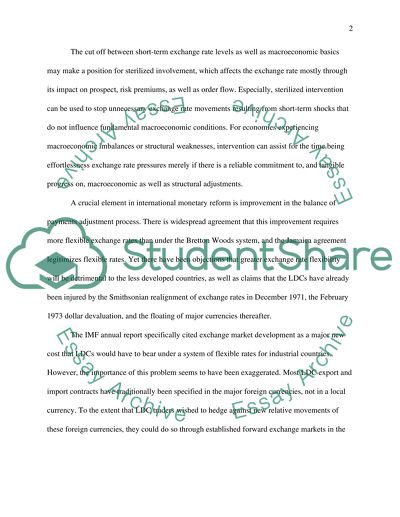Cite this document
(“Outlook for International Monetary System Essay”, n.d.)
Outlook for International Monetary System Essay. Retrieved from https://studentshare.org/macro-microeconomics/1511641-international-monetary-system
Outlook for International Monetary System Essay. Retrieved from https://studentshare.org/macro-microeconomics/1511641-international-monetary-system
(Outlook for International Monetary System Essay)
Outlook for International Monetary System Essay. https://studentshare.org/macro-microeconomics/1511641-international-monetary-system.
Outlook for International Monetary System Essay. https://studentshare.org/macro-microeconomics/1511641-international-monetary-system.
“Outlook for International Monetary System Essay”, n.d. https://studentshare.org/macro-microeconomics/1511641-international-monetary-system.


